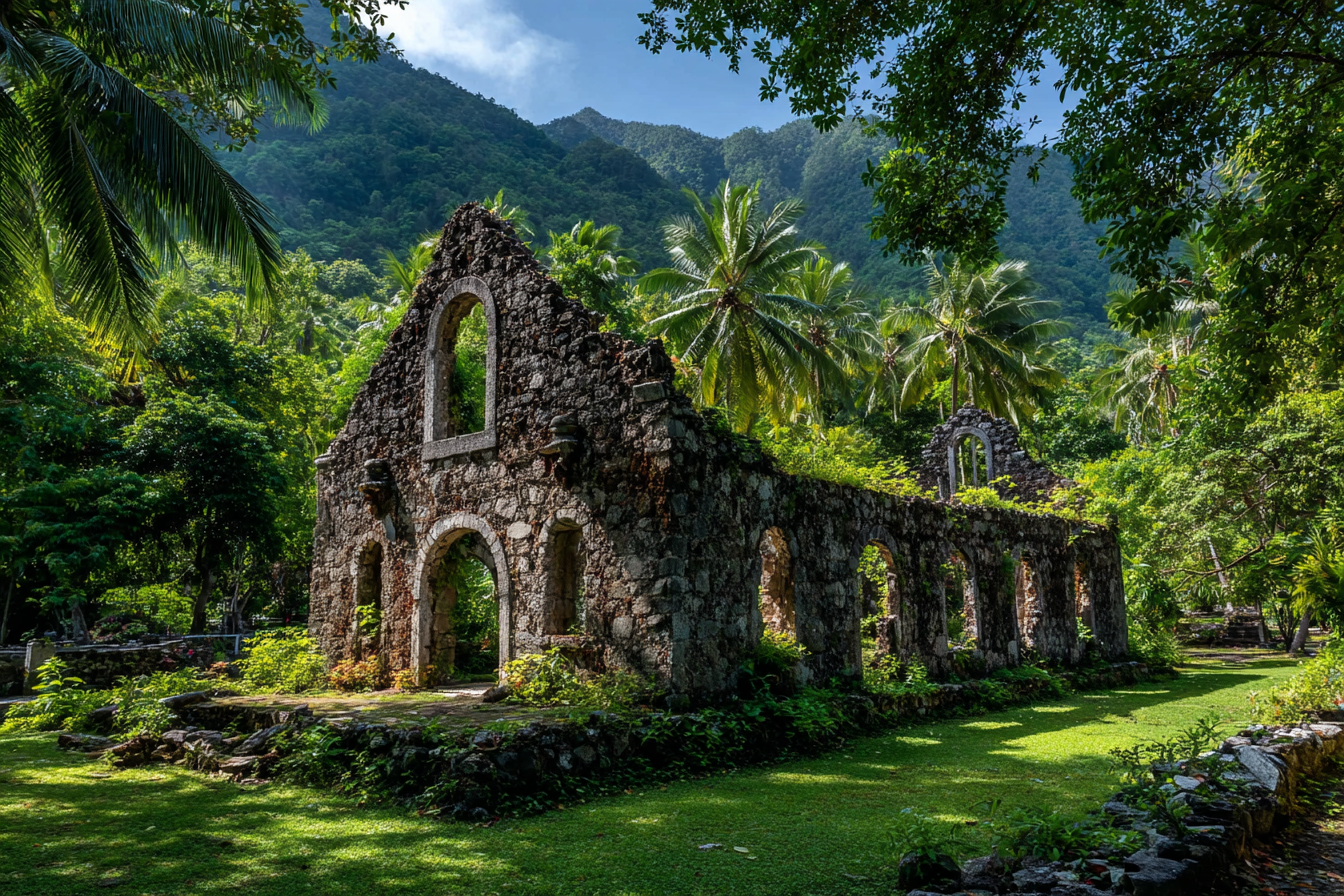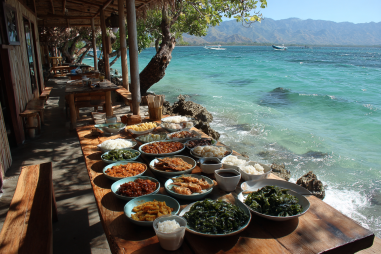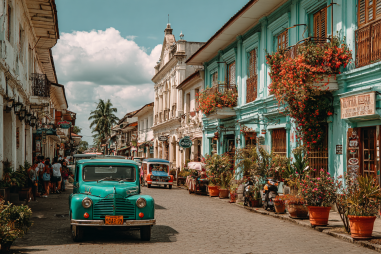Step back in time and immerse yourself in the rich heritage of Camiguin, a beautiful island in the Philippines known not only for its stunning natural landscapes but also for its captivating historical sites. From ancient ruins to meaningful monuments, Camiguin offers visitors a unique opportunity to explore centuries-old stories preserved in stone and tradition. Whether you’re a history buff, culture enthusiast, or simply curious traveler, walking through Camiguin’s historical locations is like flipping through the pages of a living history book. Let’s embark on a journey through time and uncover the island’s treasured past.
Overview of Camiguin’s History
Camiguin, often dubbed the “Island Born of Fire,” has a fascinating history shaped by natural forces and human resilience. Situated in the Mindanao region of the Philippines, Camiguin’s origin is deeply tied to volcanic activity, which has affected its settlements and cultural evolution over time. The island’s people have witnessed volcanic eruptions, colonial encounters, and socio-political transformations, all of which are reflected in their heritage sites.
Historically, Camiguin was part of various indigenous kingdoms before Spanish colonizers arrived in the late 16th century. The Spanish era introduced Christianity and built many churches and forts that have now become historical landmarks. Over time, natural disasters, especially volcanic eruptions and typhoons, have damaged many ancient structures. Nonetheless, the island’s communities have preserved what remains, allowing us to glimpse into their stories and traditions.
Old Spanish Church Ruins
One of the most iconic historical sights on Camiguin is the Old Spanish Church Ruins, found in the town of Catarman. These ruins belong to a church constructed during the Spanish colonial period in the 16th century. Known locally as the Old Catarman Church Ruins, the site features the remnants of stone arches and walls that survived volcanic eruptions and earthquakes over the centuries.
Walking through the ruins, visitors can imagine the grandiosity of the original church, which once stood as a central hub for religious and community life. The contrast of the crumbling stones against the lush greenery creates a hauntingly beautiful atmosphere, a testament to the endurance of faith and history despite nature’s fury. This site is often visited not only for its historical importance but also for its photogenic landscape.
Sunken Cemetery History and Significance
Perhaps the most uniquely captivating historical site in Camiguin is the Sunken Cemetery, located off the coast near Bonbon beach. The story goes back to the 1871 eruption of Mount Vulcan, which caused the cemetery to sink and become submerged underwater. Today, a large cross stands above the water marking the spot where the cemetery lies beneath the sea.
The Sunken Cemetery is not only a place of remembrance but also a symbol of resilience for the local community. Many descendants visit the site to honor their ancestors, and the area has become a popular diving and snorkeling spot where visitors can view the sunken tombstones. The underwater cemetery poignantly reflects how natural events shape human history, blending tragedy with beauty.
Heritage Landmarks
Beyond the ruins and the sunken cemetery, Camiguin is home to several other heritage landmarks that showcase its rich cultural tapestry. These include old watchtowers built to protect against pirate raids during the Spanish era, historical chapels, and memorial monuments dedicated to local heroes and significant events.
One notable landmark is the Walkway to Old Volcano, which leads to the site of the 1871 volcanic eruption that devastated the northern part of the island. Along this path, interpretive signs help visitors understand the island’s geological history and how communities rebuilt after disasters. Embedded in these landmarks is the narrative of survival, faith, and community solidarity.
Museums and Cultural Centers
To deepen your understanding of Camiguin’s history, the island also offers museums and cultural centers that curate artifacts, photographs, and historical documents. The Camiguin Museum, for example, provides insights into the island’s indigenous peoples, Spanish colonization, and the natural disasters that have shaped its identity.
These institutions also host cultural exhibits highlighting traditional crafts, folk music, and festivals, allowing visitors a glimpse into the island’s vibrant intangible heritage. Guided by knowledgeable staff, museum visits offer enriching educational experiences perfect for families, students, and anyone eager to learn more about Camiguin’s story beyond its landmarks.
Guided Tours and Educational Visits
Exploring Camiguin’s historical sites is often best done with a guide who can bring the narratives to life. Several local tour operators offer specialized heritage tours focusing on history, culture, and geology. These tours usually include visits to the Old Spanish Church Ruins, Sunken Cemetery, and other key landmarks, complete with stories passed down through generations.
For educational groups, customized visits are available that incorporate interactive workshops and storytelling sessions, making history enjoyable and memorable for learners of all ages. Whether you prefer walking tours, boat rides, or combo packages, knowledgeable guides enhance the experience by connecting historical facts with local myths and personal anecdotes.
Preservation Efforts
Recognizing the importance of its historical sites, Camiguin has implemented various preservation and conservation efforts to protect these treasures for future generations. Local government units, cultural organizations, and community groups collaborate to maintain the structural integrity of ruins, safeguard artifacts, and promote responsible tourism.
Restoration projects focus on stabilizing vulnerable structures and preventing further deterioration caused by weather and human activities. Educational campaigns raise awareness about the significance of heritage conservation, encouraging both locals and visitors to respect the island’s cultural legacy. By supporting sustainable practices, Camiguin strives to balance development while honoring its past.
Visiting Camiguin’s historical sites is more than just a sightseeing adventure; it’s an invitation to step into the island’s remarkable past. Each ruin, monument, and museum holds a story waiting to be discovered, shedding light on the resilience and spirit of its people. So whether you’re wandering through ancient chapels, diving into the mysterious Sunken Cemetery, or learning from passionate guides, you’ll walk away with a deeper appreciation for Camiguin’s unique heritage and the timeless tales it embraces.







